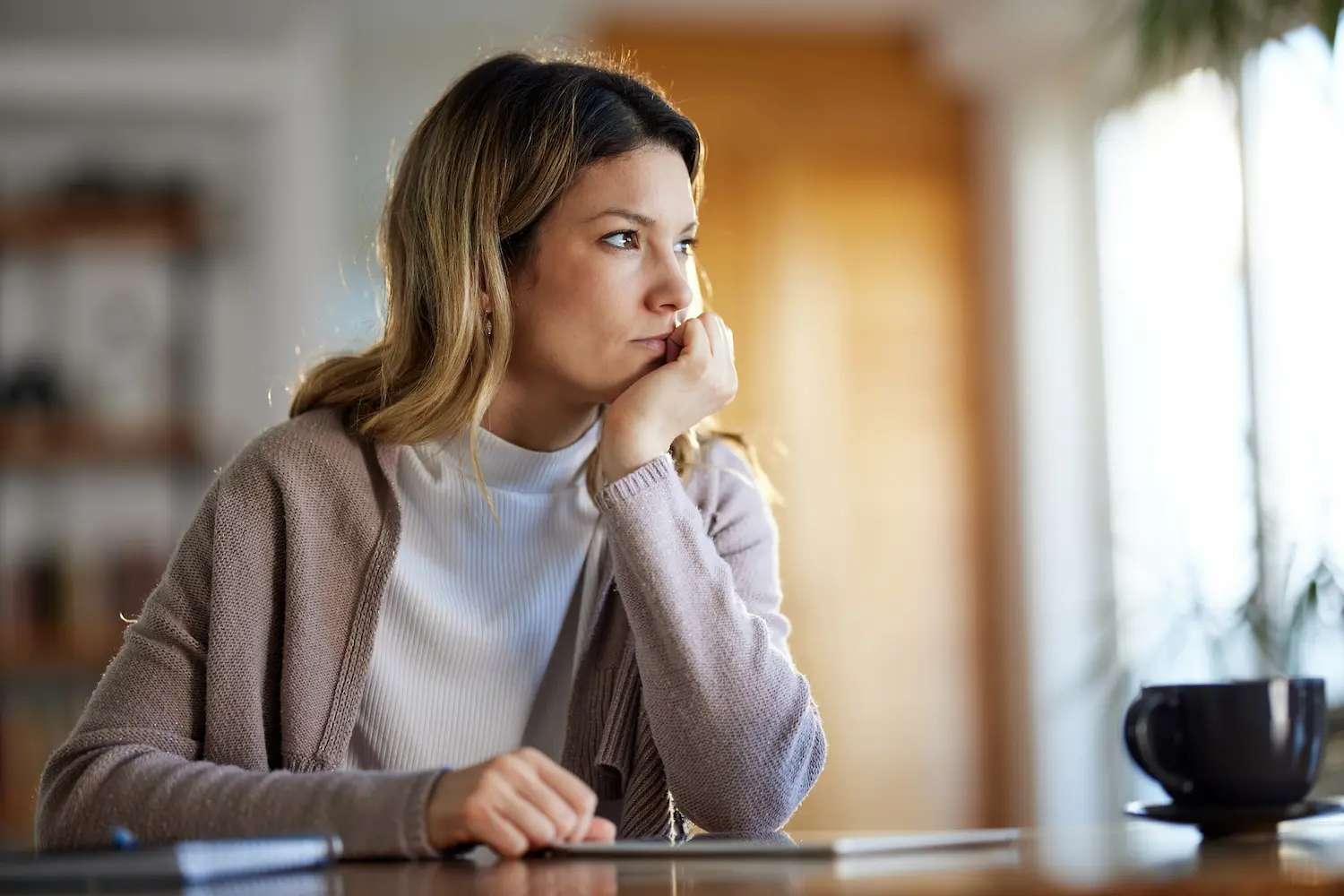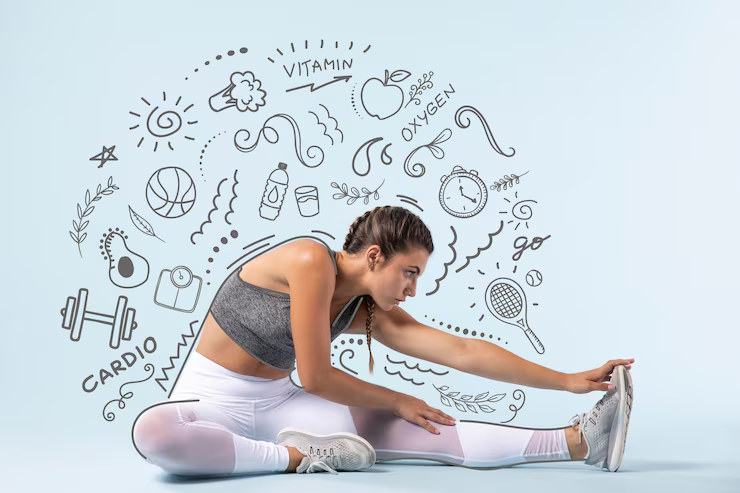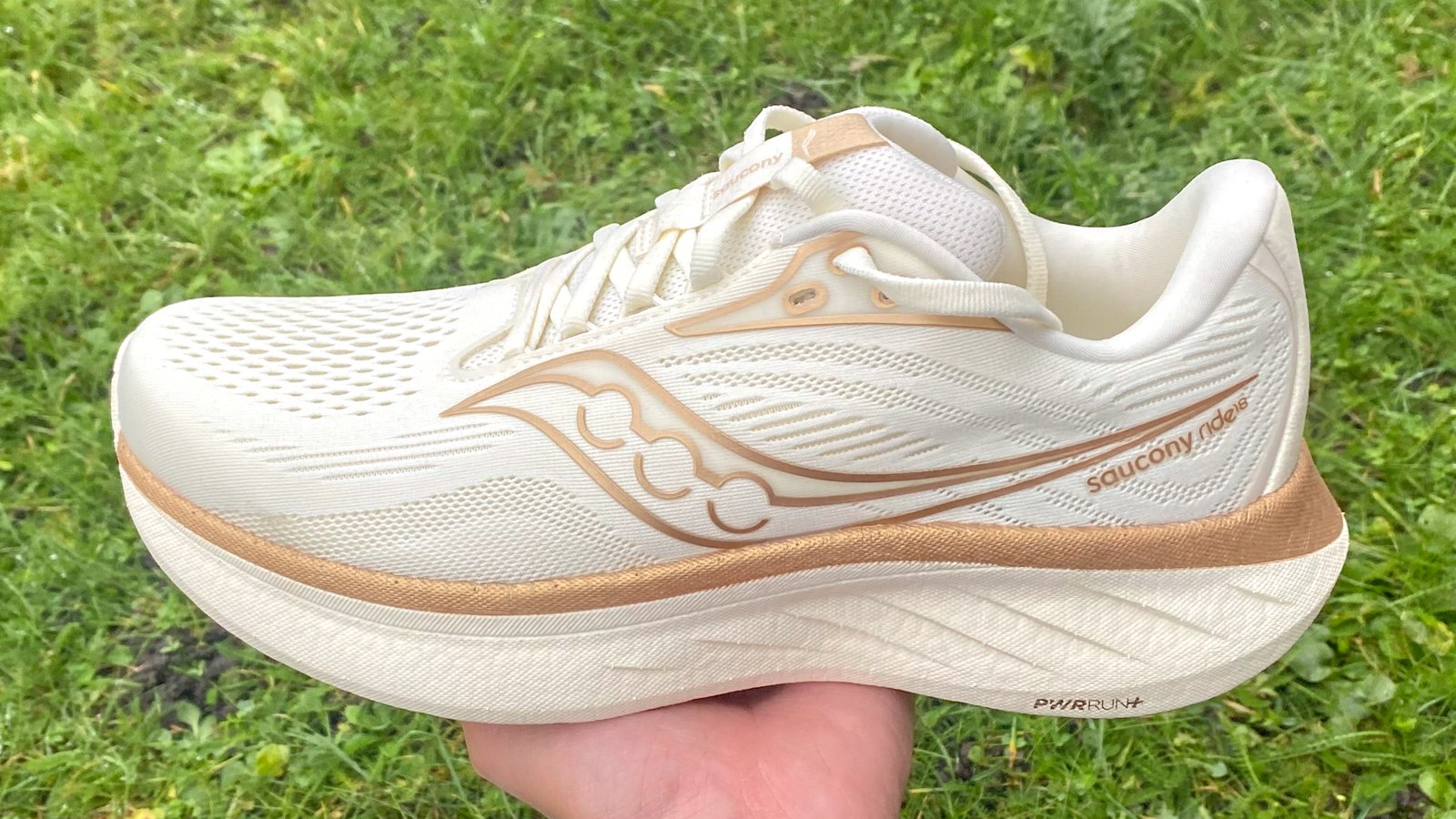Understanding the Weight of Anxiety
Anxiety disorders are more than just feeling nervous before a big presentation—they’re persistent, overwhelming feelings that can disrupt daily life. I’ve watched a close friend battle panic attacks, her heart racing like she’s running from a lion, even in the quiet of her own home. This guide unpacks what anxiety disorders are, their types, symptoms, and practical coping strategies to help you or a loved one find calm in the storm.
What Are Anxiety Disorders?
A Common Yet Complex Condition
Anxiety disorders are mental health conditions characterized by excessive worry, fear, or nervousness that interferes with daily functioning. They affect over 40 million adults in the U.S. alone, making them the most common mental health issue, per the National Institute of Mental Health. Unlike normal stress, these disorders persist and often require professional support.
Why They Matter
Left unchecked, anxiety disorders can strain relationships, derail careers, and even lead to physical health issues like heart disease. They’re not a sign of weakness—think of them as a brain stuck in overdrive. Understanding them is the first step to regaining control.
Types of Anxiety Disorders
Generalized Anxiety Disorder (GAD)
GAD involves chronic, excessive worry about everyday things—work, health, or even minor decisions. It’s like having a mental alarm that won’t turn off, affecting about 6.8 million U.S. adults annually.
Panic Disorder
Panic disorder brings sudden, intense panic attacks—racing heart, sweating, and a sense of doom. My friend described her attacks as feeling like she was drowning in air, a terrifying experience that impacts 2–3% of people.
Social Anxiety Disorder
This disorder centers on intense fear of social situations, like speaking in public or meeting new people. It affects 15 million U.S. adults, often making social interactions feel like walking into a lion’s den.
Specific Phobias
Specific phobias are intense fears of particular objects or situations—think heights, spiders, or flying. About 19 million Americans live with phobias, which can limit life choices, like avoiding travel.
Obsessive-Compulsive Disorder (OCD)
OCD involves intrusive thoughts (obsessions) and repetitive behaviors (compulsions), like checking locks repeatedly. It affects 2.5 million people, often misunderstood as just being “neat.”
Post-Traumatic Stress Disorder (PTSD)
PTSD stems from trauma, causing flashbacks, nightmares, or hypervigilance. It impacts 8 million adults, often veterans or survivors of abuse, making everyday triggers feel like reliving the past.
Table: Common Anxiety Disorders Overview
| Disorder | Key Symptoms | Prevalence (U.S. Adults) | Triggers |
|---|---|---|---|
| GAD | Chronic worry, restlessness | 6.8M | Everyday stressors |
| Panic Disorder | Sudden panic attacks | 4.7M | Often unpredictable |
| Social Anxiety | Fear of social judgment | 15M | Social interactions |
| Specific Phobias | Fear of specific objects/situations | 19M | Specific triggers (e.g., heights) |
| OCD | Obsessions and compulsions | 2.5M | Intrusive thoughts |
| PTSD | Flashbacks, hypervigilance | 8M | Trauma-related cues |
Symptoms of Anxiety Disorders
Physical Signs
Anxiety isn’t just mental—it hits the body hard. Symptoms include a racing heart, sweating, trembling, or stomach issues, often mimicking a physical illness. These can feel like your body’s betraying you.
Emotional and Cognitive Signs
Emotionally, anxiety brings fear, irritability, or a sense of dread. Cognitively, it’s trouble concentrating, racing thoughts, or constant “what if” scenarios, like a mind stuck on a worry loop.
Behavioral Changes
People with anxiety might avoid triggers—like skipping parties for social anxiety—or engage in compulsions, like excessive hand-washing for OCD. These behaviors aim to ease fear but often reinforce it.
Causes and Risk Factors
Biological Factors
Genetics play a role—anxiety disorders often run in families. Brain chemistry, particularly imbalances in serotonin or dopamine, can also heighten anxiety, per Mayo Clinic.
Environmental Triggers
Stressful life events, like job loss or trauma, can spark anxiety disorders. Growing up in a high-stress environment, like I did with a parent’s chronic illness, can also increase vulnerability.
Personality and Lifestyle
People with certain traits, like perfectionism, are more prone to anxiety. Lifestyle factors—poor sleep, caffeine overload, or lack of exercise—can amplify symptoms, making self-care critical.
Coping Strategies for Anxiety Disorders
Professional Treatments
Cognitive Behavioral Therapy (CBT)
CBT is the gold standard, helping 60–80% of patients by reframing negative thoughts. It’s like rewiring your brain to hit the brakes on worry, often in 12–16 sessions.
Medication
Antidepressants (SSRIs like sertraline) or anti-anxiety meds (like benzodiazepines) can stabilize symptoms. They’re not a cure but can be a lifeline, especially for severe cases, per WebMD.
Exposure Therapy
For phobias or OCD, exposure therapy gradually desensitizes you to triggers. It’s tough but effective, like facing a fear ladder one rung at a time.
Self-Help Strategies
Mindfulness and Meditation
Mindfulness, like deep breathing or meditation apps (e.g., Headspace), reduces anxiety by grounding you in the present. I started meditating during a stressful job hunt, and 10 minutes daily calmed my racing mind.
Physical Activity
Exercise—30 minutes of walking or yoga—boosts endorphins, cutting anxiety by up to 30%, per studies. It’s like giving your brain a natural chill pill.
Journaling
Writing down worries helps externalize them, reducing their grip. A friend swears by gratitude journaling, which shifts focus from fear to positivity.
Healthy Lifestyle Choices
Limit caffeine, prioritize 7–9 hours of sleep, and eat balanced meals. Cutting my coffee intake in half made my heart stop racing during stressful moments.
Support Systems
Therapy Groups
Support groups, like those offered by NAMI, connect you with others who get it. Sharing stories feels like finding your tribe.
Trusted Friends and Family
Talking to loved ones can ease the burden. My sister’s late-night chats helped me feel less alone during my worst anxiety spikes.
Online Communities
Forums like Reddit’s r/Anxiety or apps like 7 Cups offer anonymous support. They’re great for advice when you’re not ready to talk face-to-face.
Pros and Cons of Coping Strategies
Pros:
- CBT and medication offer proven, lasting relief.
- Self-help strategies like mindfulness are low-cost and accessible.
- Support systems build community and reduce isolation.
Cons:
- Therapy and meds can be expensive or inaccessible.
- Self-help requires discipline, which anxiety can disrupt.
- Not all support groups are moderated, risking misinformation.
Comparing Coping Strategies
Professional vs. Self-Help Approaches
Professional treatments like CBT or medication target root causes with expert guidance, while self-help strategies are flexible but rely on consistency. For severe cases, professional help is non-negotiable, but milder anxiety can benefit from both.
Table: Professional vs. Self-Help Coping Strategies
| Aspect | Professional (CBT, Meds) | Self-Help (Mindfulness, Exercise) |
|---|---|---|
| Effectiveness | High (60–80% success rate) | Moderate (30–50% symptom reduction) |
| Cost | $100–$200/session, meds vary | Free or low-cost (apps $10–$15/month) |
| Accessibility | Requires appointments | Available anytime |
| Time to Results | Weeks to months | Days to weeks |
Where to Find Help
Professional Resources
Seek licensed therapists via Psychology Today or psychiatrists through your doctor. Telehealth platforms like BetterHelp offer virtual sessions, ideal for busy schedules.
Self-Help Tools
- Apps: Headspace, Calm, or Insight Timer for guided meditation.
- Books: “The Anxiety and Phobia Workbook” by Edmund Bourne is a practical guide.
- Websites: Anxiety and Depression Association of America for free resources.
Community Support
Join local NAMI chapters or online communities like Anxiety UK’s forums. For immediate help, call the SAMHSA helpline (1-800-662-HELP) or text “HOME” to 741741 for crisis support.
A Personal Story: Finding Calm
A few years ago, I hit a rough patch—work stress and family issues had my mind spinning. Simple tasks felt like climbing Everest, and my chest tightened daily. A therapist introduced me to CBT, and pairing it with daily walks and journaling changed everything. It wasn’t a quick fix, but over months, I felt lighter, like I’d tamed a wild beast. If I can find calm, so can you.
People Also Ask (PAA)
What are the main types of anxiety disorders?
The main types include Generalized Anxiety Disorder (GAD), Panic Disorder, Social Anxiety Disorder, Specific Phobias, OCD, and PTSD, each with unique triggers and symptoms.
What are common symptoms of anxiety disorders?
Symptoms include physical signs (racing heart, sweating), emotional distress (fear, irritability), and behavioral changes (avoidance, compulsions), varying by disorder.
How can I cope with anxiety at home?
Practice mindfulness, exercise regularly, journal thoughts, and maintain a healthy lifestyle. These low-cost strategies can reduce symptoms significantly.
Where can I find professional help for anxiety?
Search for therapists on Psychology Today, consult psychiatrists via your doctor, or use telehealth platforms like BetterHelp for accessible support.
FAQ Section
1. What causes anxiety disorders?
Anxiety disorders stem from genetics, brain chemistry imbalances, stressful life events, or personality traits like perfectionism, often worsened by lifestyle factors.
2. Can anxiety disorders be cured?
While not “cured,” they can be managed effectively with CBT, medication, and self-help strategies, allowing many to live symptom-free or with minimal impact.
3. How do I know if I have an anxiety disorder?
Persistent worry, physical symptoms like a racing heart, or avoidance behaviors lasting six months or more suggest a disorder. Consult a professional for diagnosis.
4. Are there free resources for anxiety support?
Yes, websites like ADAA, NAMI, and crisis lines like SAMHSA (1-800-662-4357) offer free resources, support groups, and helplines.
5. What’s the best app for anxiety management?
Headspace and Calm are top-rated for guided meditation, while 7 Cups offers peer support. Most cost $10–$15/month but have free trials.
Conclusion
Anxiety disorders, from GAD to PTSD, can feel like an uninvited guest in your mind, but they’re manageable with the right tools. Whether through CBT, mindfulness, or a supportive friend, you can reclaim control. My own journey taught me that small steps—like a daily walk or a quick meditation—build a sturdy bridge to calm. Explore resources like NAMI or apps like Headspace to start today. You’re not alone, and with these strategies, you’re stronger than anxiety’s grip.




